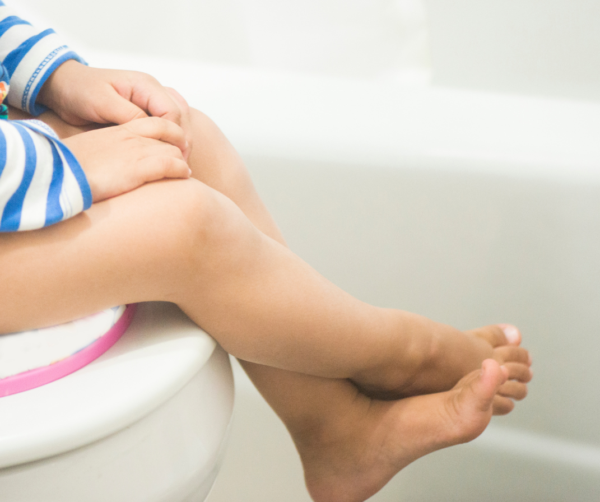Navigating continence issues

Navigating continence issues can be a challenging aspect of raising a child with disability and medical needs.
We were recently joined by pediatric nursing specialist and stomal therapist Natalie Gentile of Children’s Nursing Queensland (CNQ) in a Medical Info Session about the ins and outs of continence.
Here are some of Natalie’s insights.
What are some factors in achieving continence?
Children in the Western developed world typically achieve continence between the ages of two and three. However, what it means to be continent will differ for each individual.
Some of the factors needed for achieving continence include:
- Access
- Mobility
- Sitting
- Getting dressed/undressed
- Cleaning
- Following instructions
- Communication of needs
What are some of the underlying reasons for continence issues?
- Neurogenic bowel/bladder (nerve damage leading to bowel or bladder dysfunction)
- Spina bifida/spinal cord injury
- Neurological dysfunction
- Congenital abnormalities, e.g., anorectal malformations
- Hirschsprung’s disease (lack of ganglion cells in the large bowel)
- Inflammatory bowel disease
- Sensory issues
- Interoceptive differences (ability to recognise internal cues)
What are the first steps to achieving continence?
- Constipation is a big issue among children with disability or medical conditions. In order to achieve continence, constipation often needs to be treated first. This may entail the use of medications or even surgical interventions.
- The next step is to achieve daytime urinary continence followed by night-time urinary continence.
- A timed toileting approach – where there are set times a child will sit on the toilet – is often the first way to achieve this.
- Toileting alarms are often suggested, but there is limited success with this approach among children with disability or medical conditions.
- Regression is common among children with disability, particularly after a bout of illness, a UTI or the onset of puberty.
What can a continence nurse do?
A continence nurse can:
- Assess the child’s condition and identify potential medical issues
- Escalate medical concerns to a GP, paediatrician or specialist
- Guide in the treatment of medical concerns
- Develop a continence action plan
- Educate about products and procedures e.g., chait changes and catheterisation
- Obtain stool or urine samples and complete medical procedures
Who else can support continence?
- Occupational therapist (develops skills for toileting, e.g., dressing and wiping; helps to ensure a supportive toileting environment)
- Physiotherapist (can perform diagnostics and recommend treatment)
- GP or paediatrician (diagnoses, treats, prescribes)
- Paediatric gastroenterologist (diagnoses, treats, prescribes)
- Dietitian (optimises nutrition and hydration, provides dietary advice to improve bowel function)
- Pharmacist (provides medication advice)
The session also explored what’s involved in a continence assessment, along with funding options that may be available to help cover costs. You can watch the whole session on our YouTube channel here.
Our online Medical Info Sessions webinars feature expert speakers sharing valuable insights into services and support for your child and family. To find out about our upcoming Medical Info Sessions, please visit our Medical Families page.